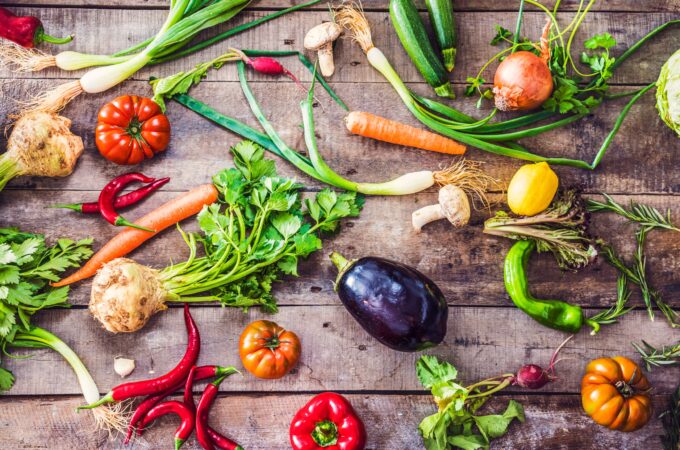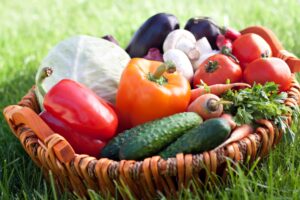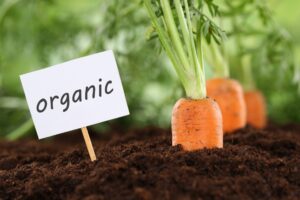Growing your own vegetables can be a rewarding endeavor, both for your health and the environment. With an increasing interest in self-sustainability and organic gardening, choosing the right types of plants for your garden is essential. Nutrient-dense vegetables, which are packed with vitamins, minerals, and antioxidants, offer significant health benefits. Here, we explore 14 nutrient-dense…
14 Nutrient-Dense Vegetables to Grow in Your Garden








